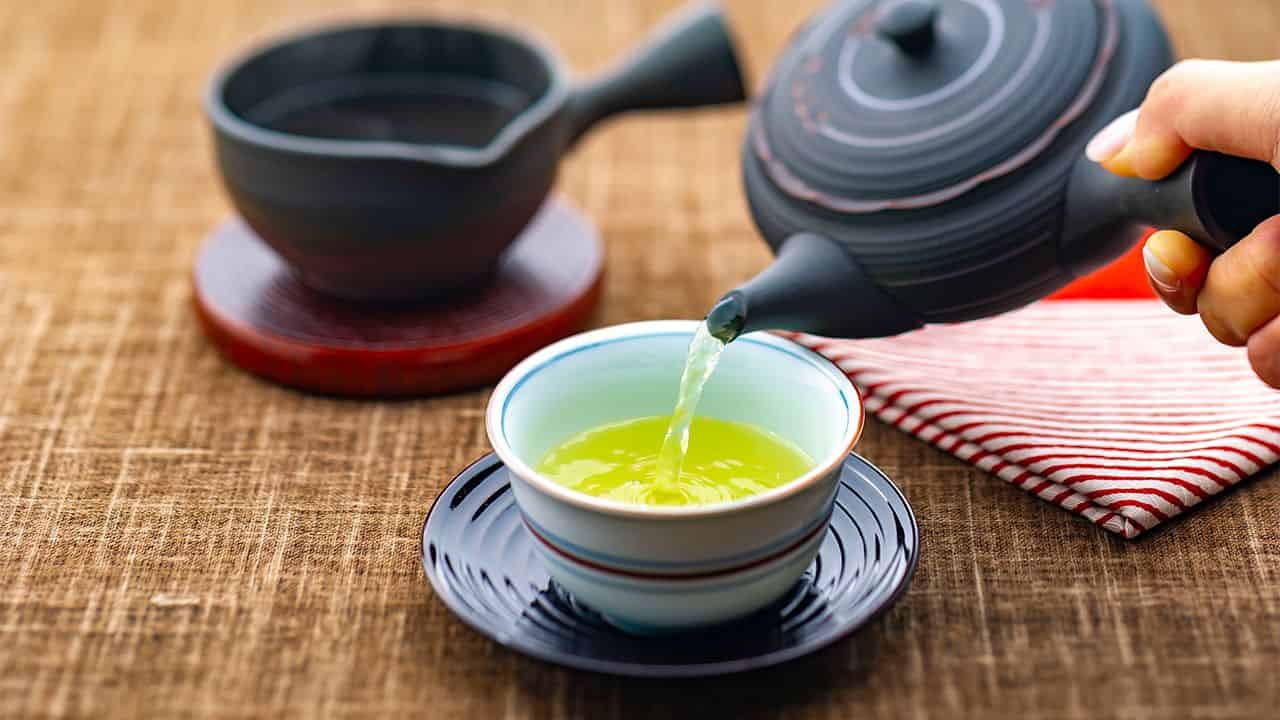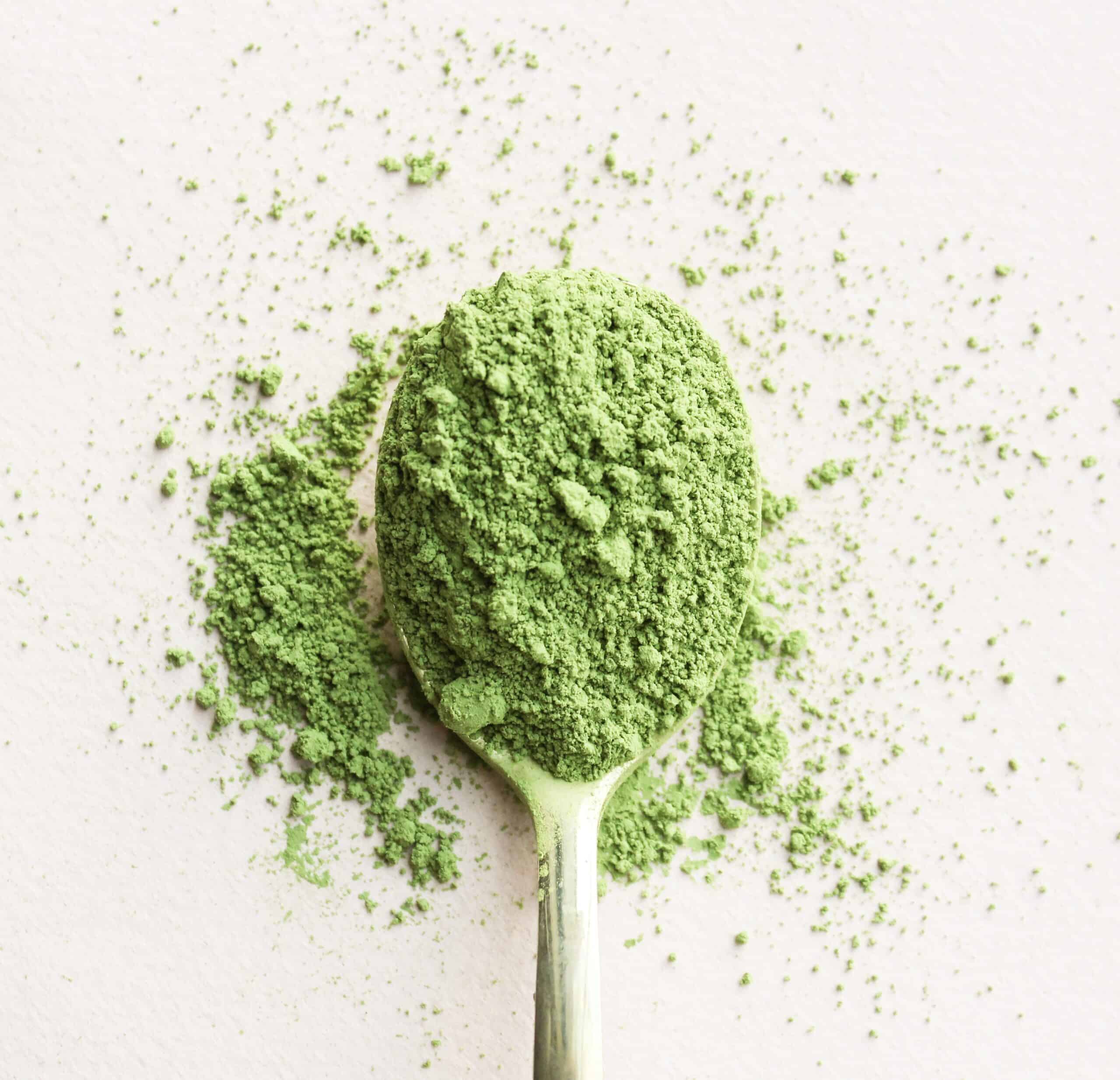Beyond Matcha: The Health Benefits and Flavors of Japanese Green Teas
Japanese green teas are beloved beverages that holds a special place in Japanese culture. They have been consumed for centuries and are deeply ingrained in the traditions and rituals of the country. Green tea is not only enjoyed for its taste, but also for its numerous health benefits.
In this article, we will explore the different varieties of Japanese green tea, delve into its health benefits, examine its role in traditional Japanese culture, and learn the art of brewing the perfect cup.
The Many Varieties of Japanese Green Tea
1. Sencha: Sencha is the most popular and widely consumed variety of Japanese green tea. It is made from young tea leaves that are steamed and then rolled into long, thin needles. Sencha has a vibrant green color and a refreshing, grassy flavor with a hint of sweetness. It is typically brewed with hot water and enjoyed throughout the day.
2. Gyokuro: Gyokuro is considered to be one of the highest quality green teas in Japan. It is grown in the shade for several weeks before harvesting, which gives it a unique flavor and aroma. Gyokuro has a rich, umami taste with a sweet aftertaste and a delicate fragrance. It is often brewed at a lower temperature than other green teas to bring out its full flavor.
3. Hojicha: Hojicha is a roasted green tea that has a distinct nutty flavor and a reddish-brown color. It is made from mature tea leaves that are roasted at high temperatures, which gives it a mellow and slightly smoky taste. Hojicha has a lower caffeine content than other green teas, making it a popular choice for those who are sensitive to caffeine.
4. Genmaicha: Genmaicha is a unique blend of green tea leaves and roasted brown rice. It has a toasty aroma and a mild, nutty flavor. The addition of rice gives genmaicha a slightly sweet and savory taste. It is often enjoyed with meals and is known for its soothing and calming properties.
5. Matcha: Matcha is a powdered green tea that is used in traditional Japanese tea ceremonies. It is made from shade-grown tea leaves that are ground into a fine powder. Matcha has a vibrant green color and a rich, creamy taste with a hint of bitterness. It is prepared by whisking the powder with hot water to create a frothy and velvety beverage.
Here’s a comparison table outlining various varieties of Japanese green tea:
| Variety | Description | Flavor Profile | Brewing Temperature | Brewing Time |
|---|---|---|---|---|
| Sencha | Most popular Japanese green tea, steamed | Grassy, vegetal, slightly astringent | 70-80°C (158-176°F) | 1-2 minutes |
| Gyokuro | Shade-grown before harvesting | Sweet, umami-rich, with a seaweed-like aroma | 50-60°C (122-140°F) | 1-2 minutes |
| Matcha | Powdered green tea, shade-grown like Gyokuro | Rich, creamy, with a strong umami flavor | 70-85°C (158-185°F) | Whisk until frothy |
| Hojicha | Roasted green tea leaves | Nutty, toasty, with caramel undertones | 90-100°C (194-212°F) | 30 seconds – 1 minute |
| Genmaicha | Green tea blended with roasted brown rice | Nutty, slightly savory, with a popcorn aroma | 70-80°C (158-176°F) | 1-2 minutes |
| Kabusecha | Partially shaded before harvesting | Mild, sweet, with vegetal notes | 60-70°C (140-158°F) | 1-2 minutes |
| Kukicha | Made from stems, stalks, and twigs of the tea plant | Mild, slightly nutty, with a sweet finish | 70-80°C (158-176°F) | 1-2 minutes |
| Tamaryokucha | Curly-shaped tea leaves, pan-fired or steamed | Sweet, tangy, with a fruity aroma | 70-80°C (158-176°F) | 1-2 minutes |
| Shincha | First harvest of the year, prized for freshness | Vibrant, grassy, with a lively aroma | 60-70°C (140-158°F) | 1-2 minutes |
The Health Benefits of Japanese Green Tea: What Science Says
1. Antioxidant properties: Japanese green tea is rich in antioxidants called catechins, which help protect the body against free radicals and oxidative stress. These antioxidants have been linked to a reduced risk of chronic diseases such as cancer, heart disease, and diabetes.
2. Boosts metabolism: Green tea contains compounds called catechins and caffeine, which have been shown to increase metabolism and promote fat oxidation. Drinking green tea regularly may help with weight loss and weight management.
3. Reduces risk of heart disease and stroke: Studies have found that drinking green tea is associated with a lower risk of heart disease and stroke. The antioxidants in green tea help improve blood flow, reduce inflammation, and lower cholesterol levels.
4. Improves brain function: Green tea contains caffeine and an amino acid called L-theanine, which work together to improve brain function and enhance mental alertness. Regular consumption of green tea has been linked to improved memory, focus, and attention span.
The Role of Japanese Green Tea in Traditional Japanese Culture
1. Tea ceremonies: Japanese green tea plays a central role in traditional tea ceremonies, known as chanoyu or sado. These ceremonies are highly ritualized and are meant to create a sense of harmony, tranquility, and mindfulness. The preparation and serving of the tea are done with great care and attention to detail.
2. Zen Buddhism: Green tea is closely associated with Zen Buddhism, which emphasizes meditation and mindfulness. Buddhist monks have long used green tea as a tool for staying alert and focused during long periods of meditation. The act of preparing and drinking tea is seen as a form of meditation in itself.
3. Hospitality: In Japanese culture, serving green tea to guests is a sign of hospitality and respect. It is customary to offer a cup of tea to visitors as a gesture of welcome. Green tea is also often served at social gatherings and special occasions as a way to bring people together and foster a sense of community.
The Art of Brewing Japanese Green Tea: Tips and Techniques
1. Water temperature: The temperature of the water used to brew green tea is crucial in bringing out its flavors and aromas. For sencha and gyokuro, the water should be around 70-80°C (158-176°F). Hojicha and genmaicha can be brewed with hotter water, around 90°C (194°F). Matcha requires water that is around 80°C (176°F).
2. Steeping time: The steeping time for green tea varies depending on the type and personal preference. Sencha and gyokuro are typically steeped for 1-2 minutes, while hojicha and genmaicha can be steeped for 2-3 minutes. Matcha is whisked with hot water until frothy, without steeping.
3. Teapot and teacup selection: Traditional Japanese teapots, called kyusu, are often used to brew green tea. These teapots are made from clay or ceramic and have a built-in strainer to catch the tea leaves. Teacups for green tea are typically small and handleless, allowing the drinker to savor the aroma and warmth of the tea.
The Flavor Profile of Sencha: The Most Popular Japanese Green Tea
Sencha, renowned as one of Japan’s most beloved green teas, boasts a distinctive flavor profile cherished by tea enthusiasts worldwide.
This tea, crafted from young, tender leaves steamed immediately after harvesting to halt oxidation, offers a vibrant infusion characterized by a grassy aroma and a refreshing vegetal taste. Its flavor unfolds with a delicate balance of umami and slight astringency, evoking sensations reminiscent of freshly cut grass with subtle oceanic undertones.
The infusion, typically a bright green hue, carries a revitalizing essence that invigorates the senses. Sencha’s popularity is not only attributed to its delightful taste but also to its versatility, as it can be enjoyed both hot and cold, making it an ideal companion for any occasion.
Sencha pairs well with light and delicate foods such as sushi, sashimi, and steamed vegetables. It is also a great accompaniment to sweets and desserts.
The Delicate and Fragrant Gyokuro: A Tea for the Connoisseur
Gyokuro, a tea revered among connoisseurs, epitomizes the pinnacle of Japanese tea craftsmanship with its delicate flavor profile and intricate production process. This shade-grown green tea, cultivated under protective canopies to enhance its chlorophyll content and develop its signature umami flavor, offers a sensorial experience unlike any other.
Upon brewing, Gyokuro yields a pale green infusion, exuding a captivating aroma reminiscent of seaweed and fresh grass. Its taste unfolds with a luxurious sweetness and an unmistakable depth, evoking sensations of oceanic brine intertwined with notes of steamed greens. The tea’s velvety texture coats the palate, leaving a lingering, refined finish that lingers long after the last sip.
Gyokuro’s rarity and complexity make it a cherished treasure among tea aficionados, inviting them to savor each sip with reverence and appreciation for the artistry behind this esteemed Japanese tea.
The Nutty and Mellow Hojicha: A Unique Roasted Green Tea
Hojicha, celebrated for its distinctive roasted flavor and comforting aroma, offers a unique departure from traditional Japanese green teas.
Crafted from roasted tea leaves, Hojicha presents a rich, amber-colored infusion with a delightful nutty fragrance that evokes memories of toasted grains and caramelized nuts. Its flavor profile is characterized by a soothing warmth and a gentle sweetness, complemented by subtle hints of roasted barley and chestnuts.
Unlike other green teas, Hojicha is notably low in caffeine, making it a perfect choice for those seeking a milder, more soothing tea experience. Whether enjoyed as a warming beverage on a chilly evening or as a refreshing iced tea during warmer months, Hojicha’s inviting flavor and comforting aroma make it a beloved favorite among tea enthusiasts worldwide.
The Refreshing and Aromatic Genmaicha: A Tea with Toasted Rice
Genmaicha, affectionately known as “popcorn tea,” offers a delightful fusion of green tea and roasted brown rice, resulting in a uniquely satisfying flavor profile that captures the essence of Japanese culinary tradition.
This tea’s appearance is characterized by a medley of green tea leaves and toasted grains, creating a visual tapestry that reflects its rustic charm. Upon brewing, Genmaicha unveils a golden-brown infusion, exuding a warm and inviting aroma reminiscent of freshly popped popcorn and roasted grains.
Its flavor unfolds with a harmonious balance of nutty sweetness and mild astringency, enhanced by a subtle toasty undertone that lingers on the palate.
Genmaicha’s comforting and versatile nature makes it an ideal choice for any time of day, offering a delightful sensory experience that captivates the senses and soothes the soul.
The Rare and Exquisite Matcha: A Tea for Ceremonial Use
Matcha, the revered ceremonial green tea of Japan, captivates tea enthusiasts with its vibrant color, rich flavor, and ceremonial significance. Produced from shade-grown tea leaves meticulously ground into a fine powder, Matcha offers a sensory experience that transcends ordinary tea-drinking.
Its vibrant green hue and finely textured powder herald a tea of unparalleled purity and quality. Upon whisking, Matcha yields a velvety-smooth infusion with a vibrant emerald color, exuding a rich and creamy aroma with hints of fresh grass and seaweed. I
ts flavor profile is characterized by a delicate balance of umami sweetness and subtle bitterness, creating a complex and nuanced palate that evolves with each sip.
Matcha’s ceremonial significance, combined with its exquisite flavor and exceptional health benefits, makes it a treasured symbol of Japanese culture and craftsmanship, inviting tea lovers to partake in a timeless ritual that celebrates harmony, mindfulness, and reverence for nature.
Exploring the World of Japanese Green Tea
Japanese green tea offers a wide range of flavors, aromas, and health benefits. From the refreshing and grassy sencha to the rare and exquisite matcha, each variety has its own unique characteristics that make it worth exploring.
Whether you are interested in the cultural significance of green tea, its health benefits, or simply want to enjoy a delicious cup of tea, Japanese green tea has something to offer everyone.
So why not embark on a journey to discover the world of Japanese green tea and experience its many delights?
Originally posted 2024-03-22 13:58:40.







